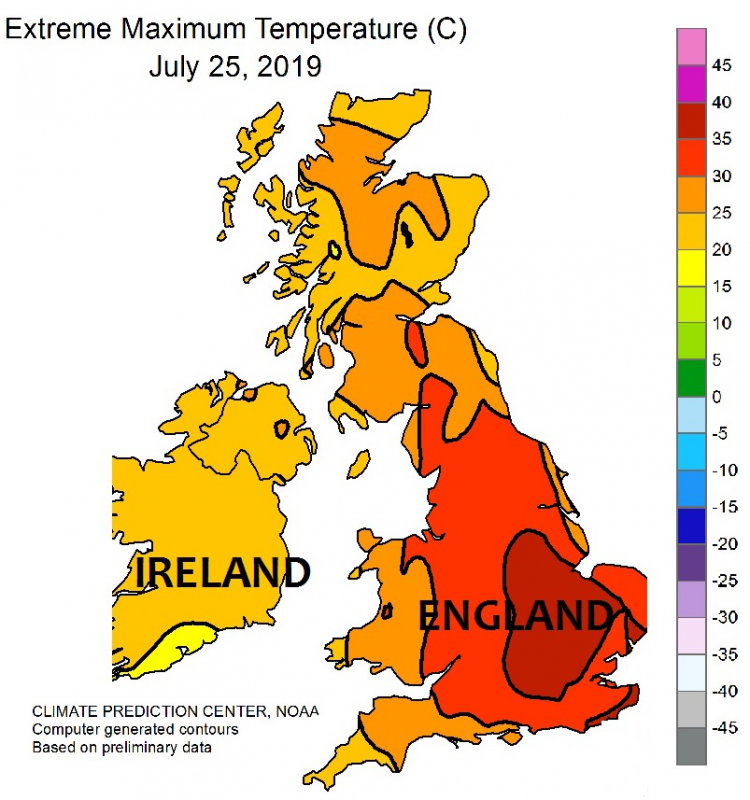Similar to how weather forecasts inform us about upcoming weather conditions, air quality forecasts are now used to alert the public to upcoming air pollution episodes. This forms a growing part of government strategy to limit population exposure. Whilst forecast models represent the physical, chemical and meteorological processes governing air pollutant behaviour, they can be subject to substantial bias. Different models can predict pollutant concentrations that vary by up to a factor of 3, thus undermining confidence in forecast quality. Of particular interest is the ability to accurately forecast pollution levels during periods in which physical conditions maximise the chances of experiencing especially poor air quality. Heatwaves, which are likely to become more frequent due to climate change, are an important instance of meteorological conditions which are conducive to poor air quality.
This project aims to improve the UK’s operational capacity to produce accurate, reliable air quality forecasts during heatwaves. Lancaster University, in collaboration with UKCEH and the Met Office, will develop a novel statistical forecasting tool by exploiting recent advances in Data Science, including in machine learning.
This cross-disciplinary project was conceived at the first CEEDS development workshop and led to a funded PhD position.




